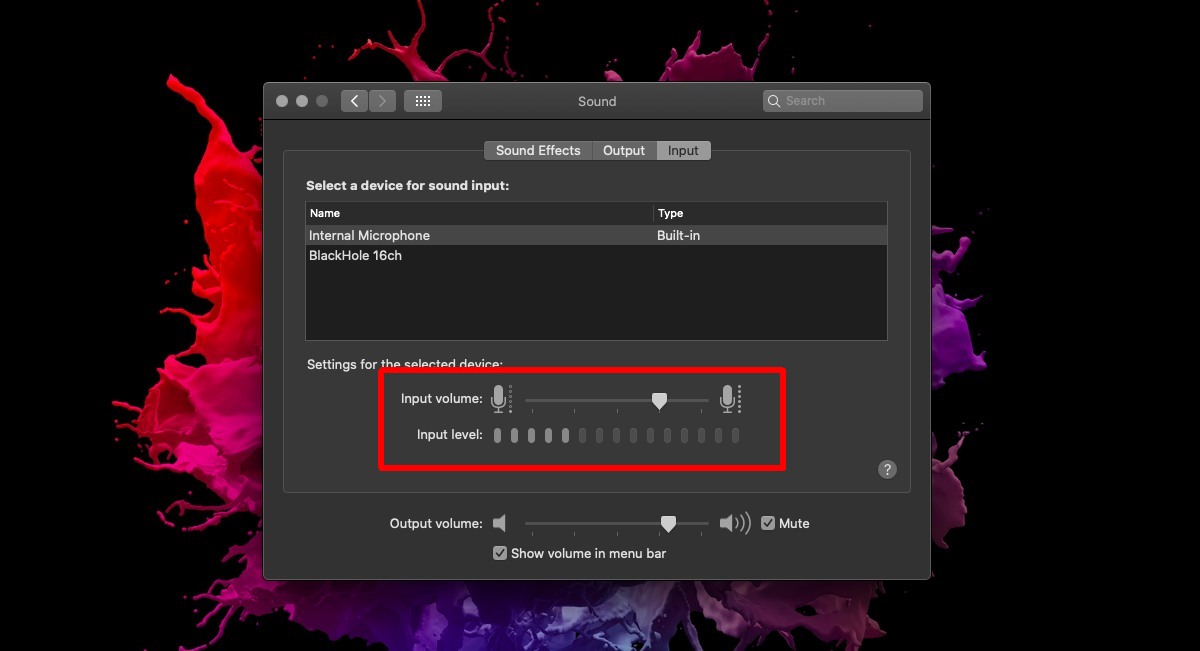

- #Mac system preferences built in output not appearing install
- #Mac system preferences built in output not appearing update
- #Mac system preferences built in output not appearing password
⚠️ Note: Some of the settings require the system to be logged out and back in before taking effect. Then change the font to one of Powerline options.

In the Text preferences pane, enable the "Use a different font for non-ASCII text" option. In iTerm, move to the Text options by selecting iTerm2 > Preferences > Profile > Text To use your computer comfortably now, open the following things manually: alfred, jumpcut, spectacle Terminal Config Oh My Zsh
#Mac system preferences built in output not appearing password
When it promts you to enter your password, be sure to check if it is asking for your computer password or your appleID password.
#Mac system preferences built in output not appearing install
(Manually just seems to be the best way to do this because of dependency problems I've run into) Install Instructions 💾 Download. Open XCode to see/accept any additional requirements or install any additional components Java 8 Install XCode Command Line Tools from terminal: xcode-select -installĪccept the Xcode agreement from the terminal: xcodebuild -license accept Go to App Store and run any operating system updates (this may take a bunch of iterations) XCode
#Mac system preferences built in output not appearing update
Update the trackpad to use single tap to click Update Operating System


Some of the individual modules have additional dotfiles or supporting scripts files. In each of their respective directories lives a setup script, which is what is sourced in the main install.sh script. Or comment out, the line in the install.sh script where it is sourced.Īll modules are organized together in the run file. If you do not wish to have a particular module installed on your machine simply delete, It has been isolated to its own xcode-install file as a convenience to allow for an optional install durring run time,ĭue to its hell-ishly long install times.Īfter the Brew process is finished the install.sh script will begin to source the individual system modules to be installed. Note that Xcode is one of the items included in the mas bundle. Any applications that are paid apps must be purchased with the apple id you are using before running the script. It is recommended that you look over this file and the supporting brew-casks and brew-mas files to customize the setup to your liking. The Brewfile will install a number of binarys, libraries and applications during the Brew install process. This script will get Brew up and running on your machine. The install.sh script is what will be run upon executing the start-up command listed below. Likewise, this structure lends itself to being extended with any modules of your own. This makes it real easy to remove anything you do not want without worry of breaking other parts of this build. My goal here is to break down the particular items being installed into individual modules.Įach module is then sourced from the main install.sh script with source. Dev environment start-up script - born from MrJadaml's mac-maker


 0 kommentar(er)
0 kommentar(er)
